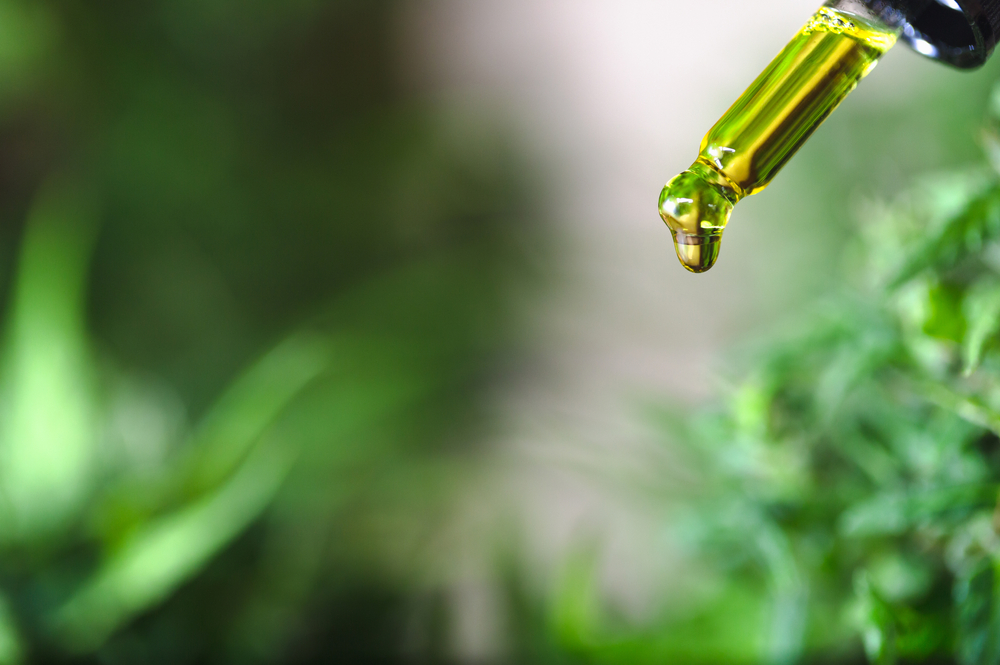CBD (cannabidiol), alongside THC (tetrahydrocannabinol), is one of the main psychoactive compounds present in cannabis. In total these two psychoactive ingredients constitute roughly 50% of the total plant, with CBD accounting for approximately half of this, though these values differ depending on the strain of cannabis being analyzed.

Image Credit: Shutterstock/Tinnakorn jorruang
Extraction and isolation of the CBD present in cannabis can be achieved using a variety of different methods. One of the easiest and most cost-effective methods of isolating CBD oil at a high-purity is ethanol extraction.
CBD oil is the compound of interest in cannabis from a therapeutic perspective as research has shown that it could be used to treat epilepsy symptoms. In addition, CBD oil is also thought to help with anxiety, depressive disorders, reduce severe pain and also dampen the harsh side-effects of cancer therapies, with many more benefits currently under investigation.
More research is needed to investigate how effective CBD is in each of these applications. Researchers are hoping to build on their knowledge with research into the effects that CBD has on the brain of patients with different conditions.
To assist with this research several different CBD extraction and analysis methods, with associated lab equipment, have been developed for cannabinoid research. These include tools for extraction and distillation.
Glas-Col spoke to one of their customers who is deciding between the type of CBD extraction they are going to carry out. The rest of this article covers the contents of the conversation.
Why Did You Choose to Use Ethanol Distillation for CBD Extraction?
“There are a few reasons why I prefer ethanol over other extractions. The main reasons are: the cost is less; you get a better yield; the extraction is safer and uses much less power. There are many pros and cons that you will need to weigh when deciding the best way to extract.”
Outlining the Pros and Cons of Ethanol Extraction
Extracting CBD using a solvent method, and particularly when ethanol is the solvent, provides better storage limits than other extractions. This has a knock-on effect on the extraction yield, providing up to twenty times more volume than other methods.
Ethanol extraction, when carried out properly, is safer and cheaper than other methods and often does not require winterization or dewaxing. That said, it is slower to carry out than other methods due to the high boiling point of ethanol, and has a reduced rate of recovery in post-processing.
Laboratory instruments for the extraction of ethanol include glassware, chillers, heating elements and vacuum pumps. The apparatus for an ethanol extraction is easy to set up and can be ran on low power, requiring 20% of the energy used by carbon dioxide methods.
Isolation of CBD from the ethanol distillate can be difficult due to the amphipathic nature of ethanol. This simultaneous polar/non-polar nature means that the full spectrum of organic compounds in the cannabis plant are extracted; including oils, carboxylic acids, complex sugars and more. In comparison, carbon dioxide extraction only extracts oil-soluble compounds. The drawback of ethanol’s amphipathic properties is that unwanted water-soluble compounds, such as chlorophyll, may be transferred in the distillate.

This information has been sourced, reviewed and adapted from materials provided by Glas-Col.
For more information on this source, please visit Glas-Col.